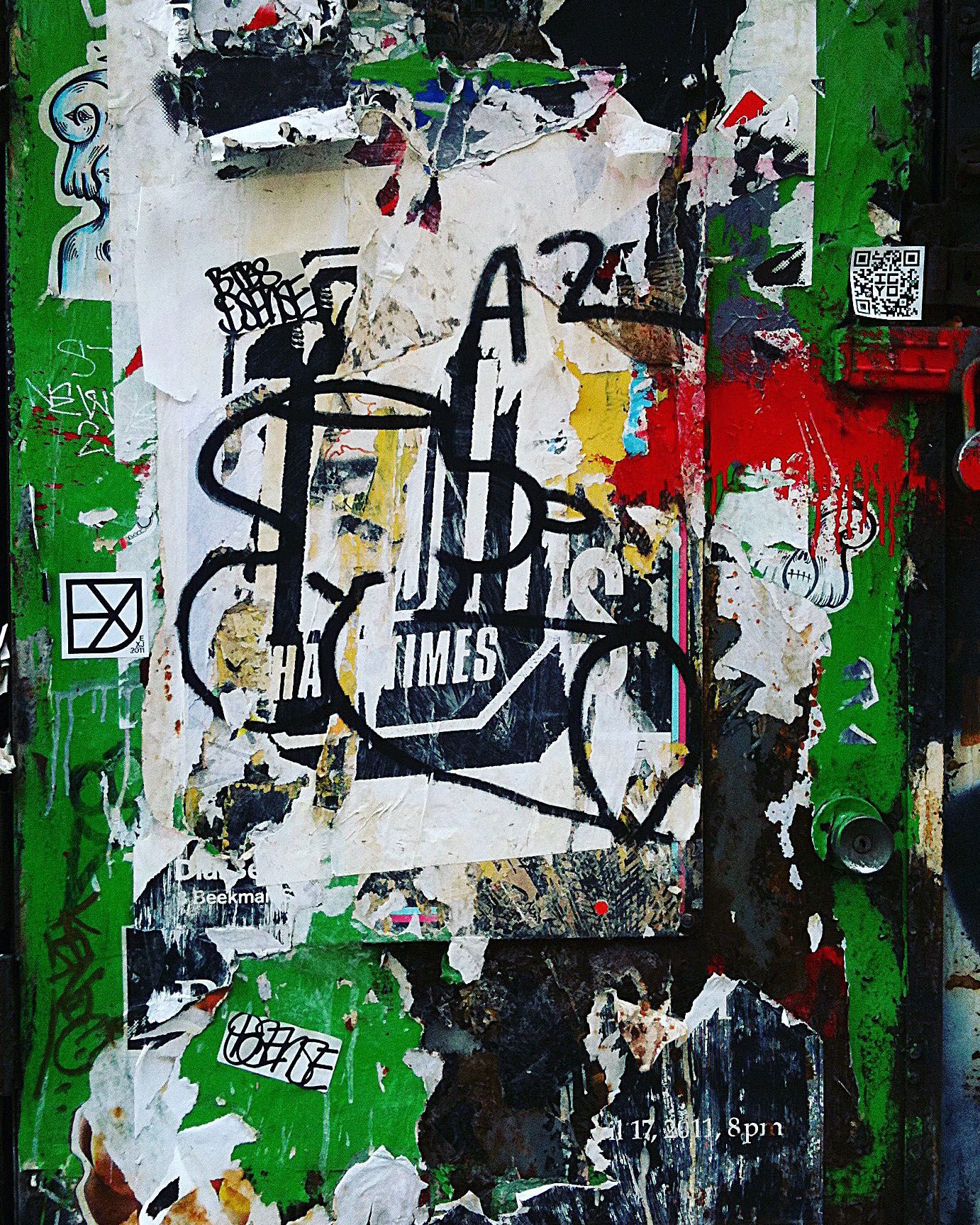Graffiti art has long been a controversial topic, often associated with vandalism and urban decay. However, in recent years, there has been a shift in perception, with graffiti increasingly being seen as a potential solution to urban blight. This article explores how graffiti art is being utilized to address urban decay, its impact on communities, and the broader implications for city development.
Graffiti as an Artistic Solution to Urban Decay
Transforming Neglected Spaces
Graffiti art has the power to transform neglected and rundown areas into vibrant, visually stimulating spaces. In many cities, walls and buildings that were once eyesores are now adorned with colorful murals and street art, contributing to a more attractive urban environment.
- Murals and Public Art Projects: Many cities have initiated public art projects where graffiti artists are commissioned to create murals in areas suffering from urban decay. These projects not only beautify the space but also help to deter vandalism by providing an outlet for artistic expression.
- Community Engagement: Graffiti art can involve local communities in the revitalization process. By engaging local artists and residents in creating murals, neighborhoods can foster a sense of pride and ownership, which can lead to improved maintenance and care of the area.
Case Studies
- Philadelphia’s Mural Arts Program: Philadelphia has been a pioneer in using graffiti art to address urban decay. The city’s Mural Arts Program has created over 4,000 murals, transforming blighted neighborhoods and reducing crime rates by fostering community involvement and beautification.
- Bristol’s Street Art: In Bristol, UK, street art by renowned artist Banksy and others has turned areas of the city into open-air galleries. This has helped to attract tourism and investment, breathing new life into previously neglected parts of the city.
Economic and Social Benefits
Economic Revitalization
Graffiti art can play a significant role in the economic revitalization of urban areas:
- Tourism Attraction: Cities with notable street art and murals often become tourist destinations. The presence of famous graffiti and street art can attract visitors, which boosts local businesses and stimulates economic growth.
- Increased Property Values: Areas that have been revitalized with graffiti art may see an increase in property values. The visual appeal of well-executed murals can enhance the attractiveness of a neighborhood, leading to potential investment and development.
Social Impact
The social benefits of graffiti art in combating urban decay are also substantial:
- Community Cohesion: Art projects can bring communities together, fostering a sense of unity and collective identity. Community-led art initiatives can help bridge divides and encourage collaboration among residents.
- Youth Engagement: Graffiti art can provide a positive outlet for young people, offering them an opportunity to express themselves creatively and engage in constructive activities. Programs that involve youth in art creation can help reduce crime and promote social inclusion.
Challenges and Controversies
Balancing Art and Vandalism
Despite its potential benefits, graffiti art remains a contentious issue. The distinction between sanctioned art and vandalism can sometimes be blurred:
- Unauthorized Graffiti: Graffiti that is done without permission can still contribute to perceptions of urban decay and criminality. Cities must find a balance between supporting legitimate artistic expression and addressing the issue of unauthorized graffiti.
- Maintenance and Durability: Graffiti art, especially on outdoor surfaces, can be subject to wear and tear. Maintaining the quality and appearance of murals requires ongoing effort and investment, which can be challenging for some communities.
Perceptions and Resistance
Public perception of graffiti art can vary widely:
- Cultural Acceptance: In some areas, graffiti is celebrated as a legitimate form of artistic expression, while in others, it is still seen as a nuisance. Changing perceptions and gaining broad acceptance can be an ongoing challenge.
- Resistance from Business and Property Owners: Some business and property owners may resist graffiti art projects, fearing that they will attract unwanted attention or lower property values. Addressing these concerns and demonstrating the benefits of graffiti art is crucial for successful implementation.
Future Prospects for Graffiti Art in Urban Renewal
Innovative Approaches
To maximize the benefits of graffiti art in addressing urban decay, innovative approaches and collaborations are key:
- Public-Private Partnerships: Collaborations between city governments, businesses, and artists can facilitate the creation and maintenance of high-quality graffiti art. These partnerships can help to secure funding and resources while ensuring that projects align with community goals.
- Educational Programs: Integrating graffiti art into educational programs can help to foster talent and provide young people with opportunities for creative expression. Schools and community centers can play a role in nurturing future artists and promoting the positive aspects of graffiti art.
Sustainable Practices
Sustainable practices are essential for the long-term success of graffiti art initiatives:
- Protective Coatings: Applying protective coatings to murals can extend their lifespan and reduce maintenance costs. This helps to preserve the artwork and maintain its impact on the community.
- Ongoing Community Involvement: Engaging local communities in the planning, creation, and upkeep of graffiti art projects ensures that they remain relevant and valued. Continuous community involvement helps to sustain the positive effects of graffiti art and foster a lasting sense of ownership.
Graffiti art offers a compelling solution to urban decay, with the potential to transform neglected spaces into vibrant, engaging environments. Through economic revitalization, social benefits, and innovative approaches, graffiti art can play a significant role in urban renewal. However, challenges related to perceptions, maintenance, and balancing art with issues of vandalism must be addressed. By fostering community involvement, forming public-private partnerships, and adopting sustainable practices, cities can harness the power of graffiti art to revitalize urban areas and enhance the quality of life for residents.

